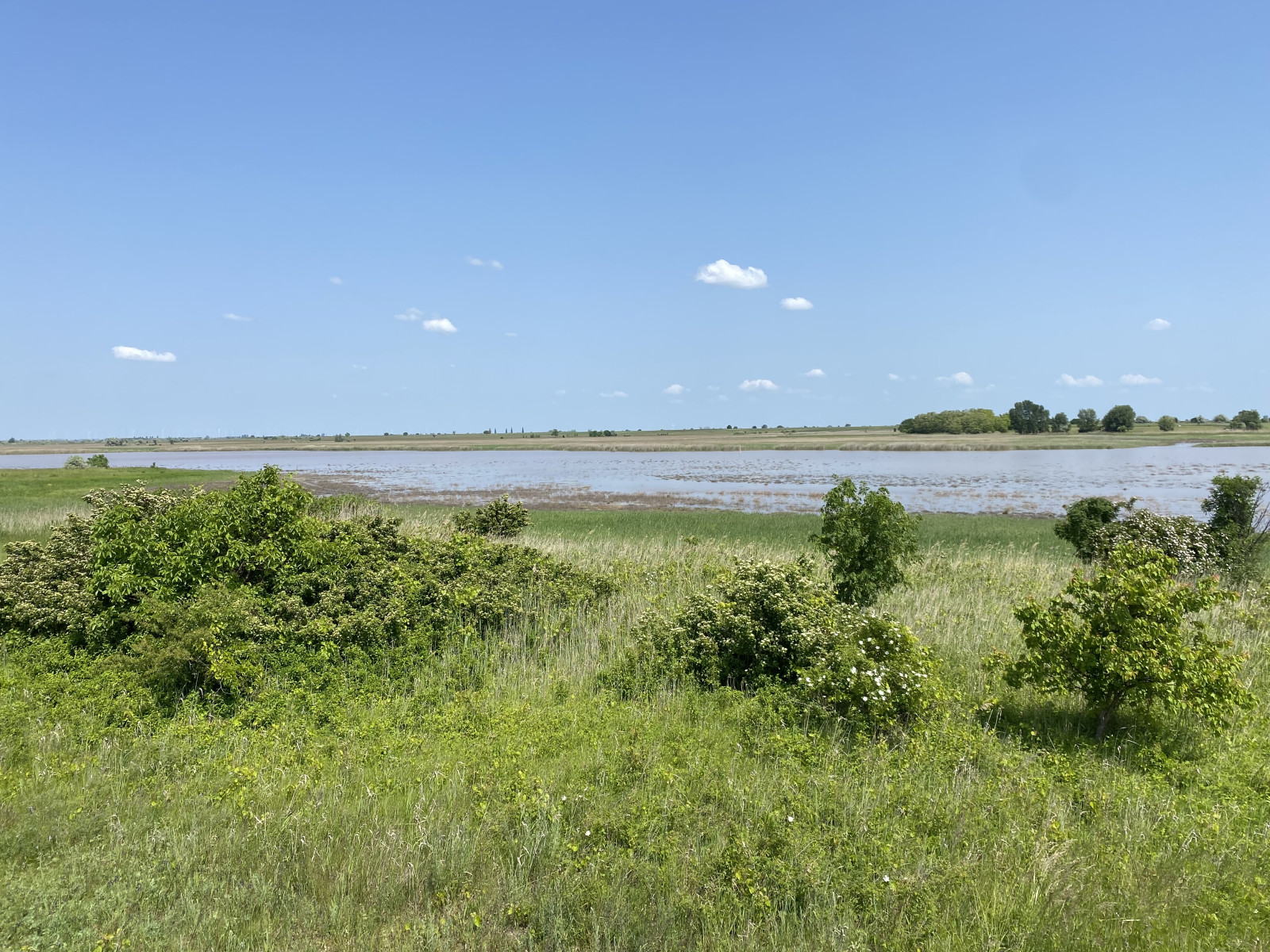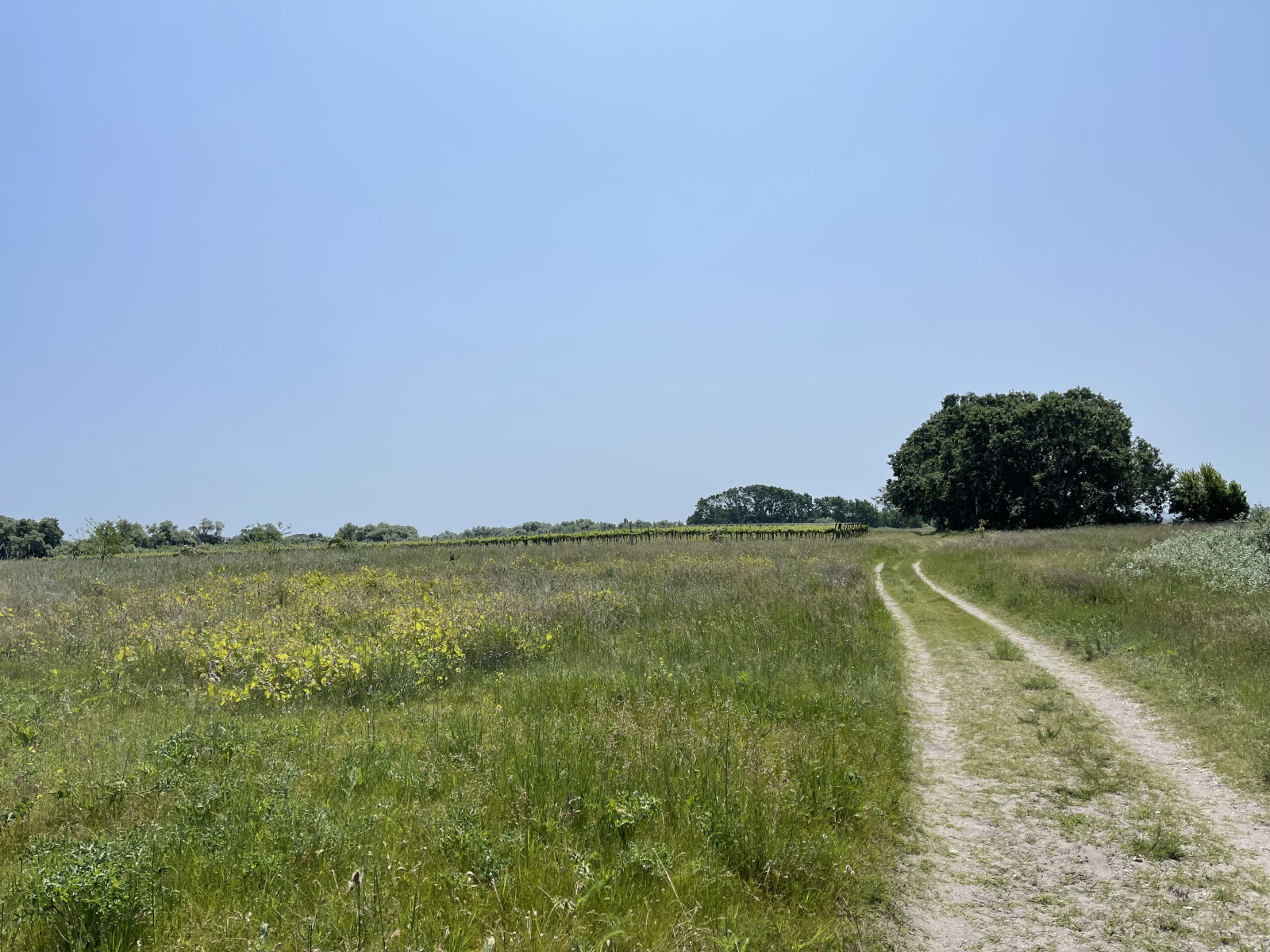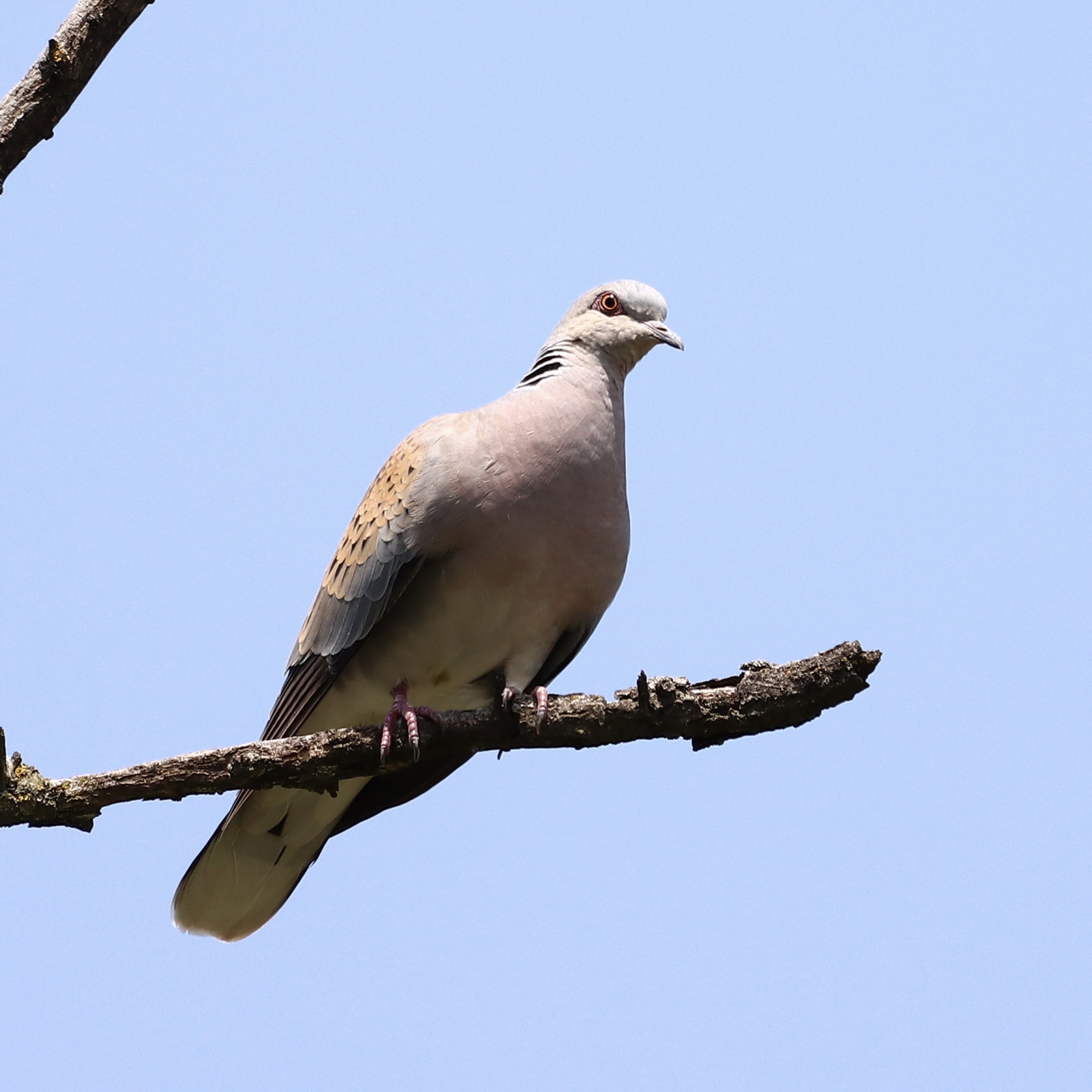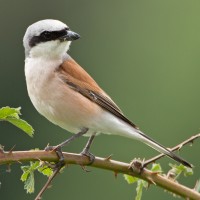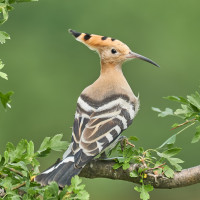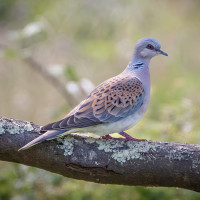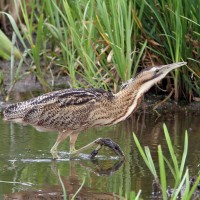Description
The surroundings of the Biological Station are a good place to see Syriaspett and Turteldue as well as Hornugle, which breeds in old crows’ nests there. In spring, the short trail along the windbreak to the Albersee offers good chances to hear Hærfugl, Vendehals, Gjøk, Sørnattergal, Hauksanger, Pirol, and Pungmeis. In wet years, the Albersee has good breeding populations of Stylteløper, Avosett, Dverglo and Gravand. From here on, the trail is sandy and very difficult to ride by bicycle. The following kilometres are characterised by a stark contrast between extremely arid habitat and the wet lakeshore zone. Insect-rich and brightly blossoming sand dunes are interspersed with little patches of wooded shrubland, disused vineyards, wet and marsh-like meadows, bare “zick”-areas (from the Hungarian “szik”, for “soda”), and old windbreaks. As well as the species mentioned earlier, Tårnfalk, Turteldue, Tyrkerdue, Ringdue, Syriaspett, Munk, Tornskate, and Sanglerke feel at home here. Some Tornsanger and Svartstrupe – particularly in the northern part of the area – complement the array of species. The lakeshore zone is inhabited by reed-dwelling warblers and Sivspurv. The larger species such as Egretthegre, Gråhegre, Purpurhegre, Rørdrum, Skjestork, Storskarv, Dvergskarv and Sivhauk are mostly only seen in flight.
Between May and October, visitors may encounter a herd of Aberdeen-Angus cattle that are grazing on the pasture areas along the lake dune for landscape management purposes. At the level of the Unterer Stinkersee, the trail leads into a little forest about 800 m long and 100 m wide – the Illmitzer Gemeindewald. Hærfugl, Syriaspett, Turteldue, Sørnattergal, Gulsanger, Hauksanger, Gråfluesnapper, Pirol, Tornskate, Stillits , and Grønnfink can be seen here, among others. During migra- tion, little patches of forest such as this one are good resting places for flycatchers and various other passerines, including Rødstjert. The last part of the route leads through more scrub landscape between the lakeshore zone and vineyards. At the northern end of the route, one reaches the former stable of the Przewalski’s horses that grazed the lakeshore zone to the south for many years (the so-called “Przewalski-Koppel” or “Przewalski’s paddock”). Near the stable, the vegetation is still pushed back by the horses’ trampling and grazing, which has provided waterbirds with a little hotspot. Conditions are perfect here for a number of ducks, herons, waders, and gulls. On the short stretch of road to the Unterer Stinkersee (Lackenradweg), the smaller of the two buildings has a tap with drinking water!
Details
Access
This somewhat remote but scenically appealing route along part of the 25 km-long lake dune (“Seedamm” in German) calls for some important information upfront. Bicycles are not recommended because the ground often consists of deep sand. Measuring 4 km (one way!), the route is quite long and is therefore only recommended in full length if sufficient time is available. As an alternative, one can take a shortcut through the southern part of the Illmitzer Gemeindewald, or one just walks part of the way and then back again. But once one has decided on this idyllic route, a diverse mosaic of landscape elements and an abundance of insect species, rare plants, and interesting birds awaits.
Terrain and Habitat
Wetland , Steppe , Dunes , Reedbeds , Grassland , Scattered trees and bushesConditions
Flat , Sandy , Dry , Open landscapeCircular trail
NoIs a telescope useful?
Can be usefulGood birding season
All year roundBest time to visit
Spring , SummerRoute
Unpaved roadDifficulty walking trail
Average walkAccessible by
Foot , BicycleBirdwatching hide / platform
YesExtra info
Przewalski’s horses (Mongolian “Takhi”) It was only in 1879 that scientists became aware of these wild horses at the edge of the Gobi Desert. Just a hundred years later, they had died out in the wild due to hunting and expanding pasture farming. Thanks to the efforts of a number of zoos, the Przewalski’s horse was able to survive in captivity. Because many of the horses were not faring well in captivity and were not breeding, an international breeding programme was initiated with the 13 remaining animals. The successful reintroduction of suitable animals to Mongolia began in 1992, and even two animals from this lakeshore herd were brought to the Gobi Desert in 2004. In 2017, almost 500 of the horses were once again living in their original habitat. Scientists discovered in 2018 that Przewalski’s horses may not be – as hitherto assumed – the last remaining wild horses, but may instead be feral descendants of horses domesticated thousands of years ago. In the same year, the National Park’s herd of Przewalski’s was moved from the “Przewalski-Koppel” to the “Warmblutkoppel” (warmblood paddock).
